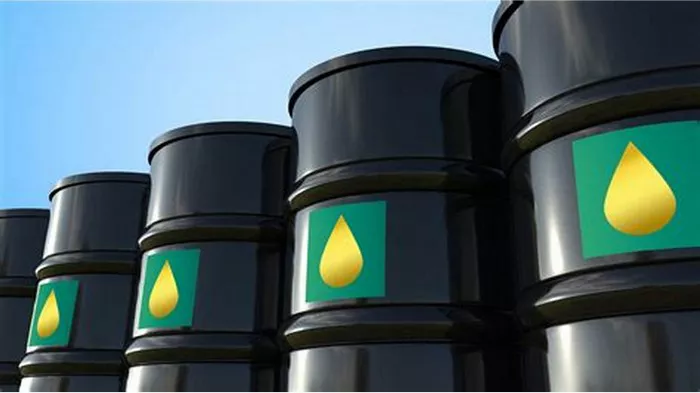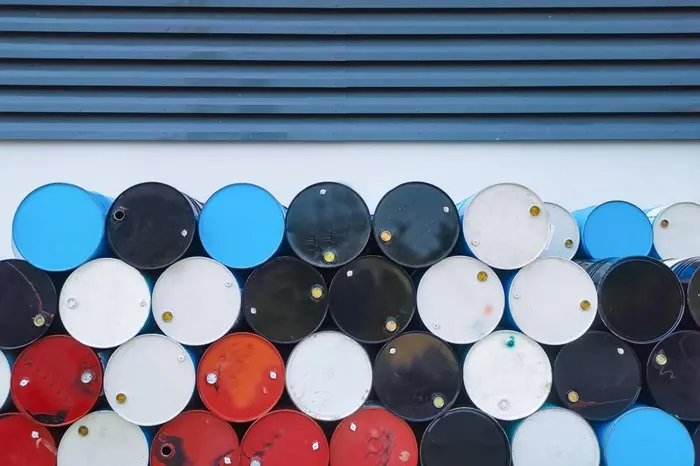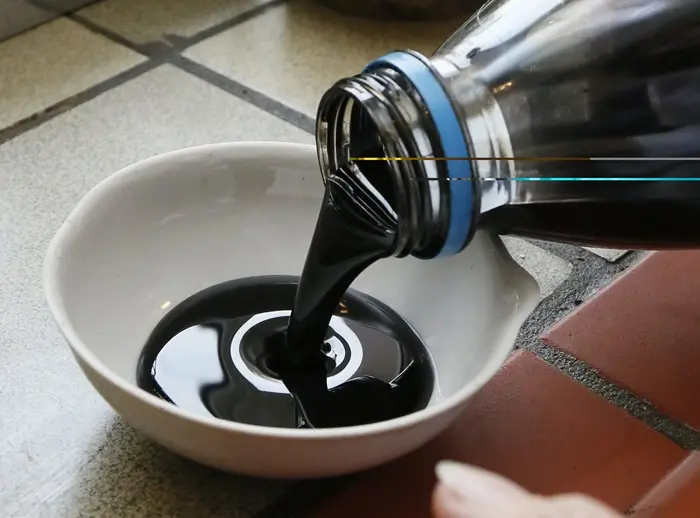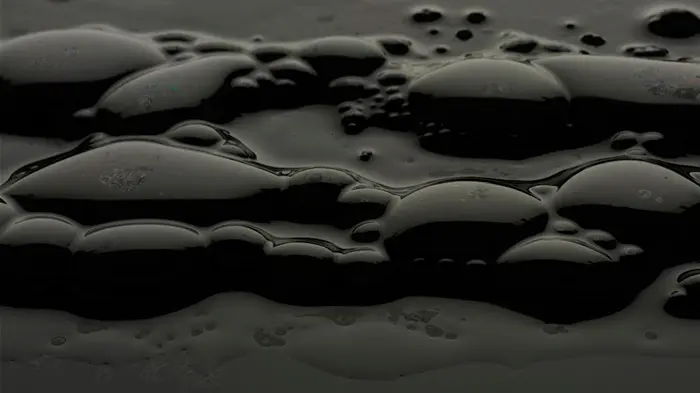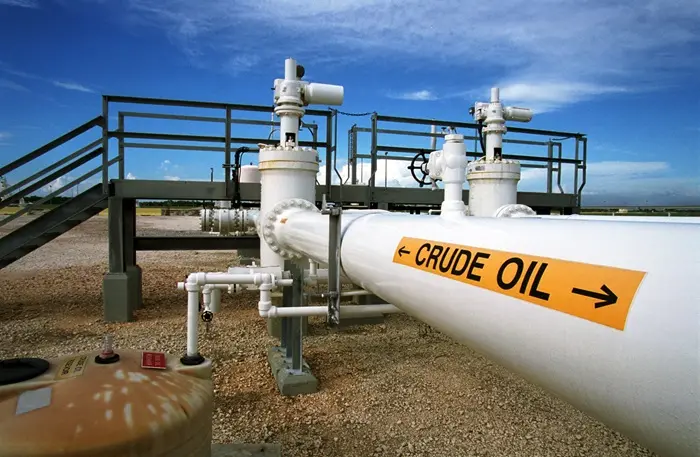The global crude oil market has faced significant challenges in recent years, particularly due to fluctuations in demand and overproduction. This has led to a crude glut, a situation where the supply of crude oil exceeds demand, causing prices to plummet and storage capacities to be overwhelmed. To mitigate this issue, producers and countries have adopted various strategies to reduce the surplus and stabilize the market. This article explores six key ways producers are addressing the crude glut.
1. Cutting Production Levels
One of the most direct methods to reduce the crude glut is to cut production levels. This approach has been widely adopted by major oil-producing countries and companies.
OPEC+ Production Cuts
The Organization of the Petroleum Exporting Countries (OPEC) and its allies, collectively known as OPEC+, have been instrumental in orchestrating production cuts. These cuts are agreed upon during regular meetings where member countries negotiate and set production targets. By reducing output, they aim to balance supply and demand, thereby supporting oil prices.
Voluntary Reductions by Oil Companies
Apart from OPEC+, individual oil companies have also made voluntary cuts to their production levels. These cuts are often driven by economic considerations, such as reducing operational costs when oil prices are low. For instance, companies may shut down less profitable wells or delay new projects until market conditions improve.
Impact on Global Supply
Production cuts have a significant impact on the global supply of crude oil. By reducing the amount of oil entering the market, these measures help to alleviate the surplus and bring supply more in line with demand. However, the effectiveness of these cuts depends on the compliance of all parties involved and their willingness to adhere to agreed-upon quotas.
See Also: The 5 Largest Crude Oil Companies
2. Increasing Storage Capacity
Another strategy to manage the crude glut is to increase storage capacity. This allows producers to store excess oil until demand recovers, preventing it from flooding the market and depressing prices further.
Building New Storage Facilities
Many countries and companies have invested in building new storage facilities, including tanks, underground caverns, and floating storage units. These facilities provide the necessary capacity to hold surplus oil during periods of low demand.
Utilizing Strategic Petroleum Reserves (SPR)
Some nations have turned to their Strategic Petroleum Reserves (SPR) to store excess crude. The SPR is a government-owned stockpile of oil that can be tapped into during emergencies or periods of market instability. By filling up the SPR, governments can temporarily remove large volumes of oil from the market, helping to stabilize prices.
Innovative Storage Solutions
In addition to traditional storage methods, innovative solutions such as leasing unused storage space and utilizing tanker ships as floating storage have gained popularity. These approaches offer flexible and cost-effective options for managing surplus oil.
3. Encouraging Demand Growth
Stimulating demand is another crucial approach to addressing the crude glut. By increasing consumption, producers can help to absorb excess supply and support higher prices.
Economic Stimulus Programs
Governments can implement economic stimulus programs to boost industrial activity and consumer spending, which in turn drives demand for oil. For example, infrastructure projects and incentives for manufacturing can increase energy consumption and fuel use.
Promoting Alternative Uses for Crude Oil
Producers can explore alternative uses for crude oil beyond traditional fuel applications. For instance, petrochemical industries, which produce plastics, chemicals, and synthetic materials, can utilize crude oil as a raw material. By expanding into these markets, producers can create new avenues for oil consumption.
Reducing Regulatory Barriers
Removing or reducing regulatory barriers that restrict the use of crude oil in certain applications can also help to increase demand. For example, easing restrictions on the use of oil in power generation or transportation can lead to higher consumption and reduce the surplus.
4. Enhancing Market Diversification
Diversifying markets is another strategy to manage the crude glut. By finding new buyers and expanding into different regions, producers can reduce their reliance on traditional markets and spread their risk.
Exploring New Export Markets
Producers can explore new export markets to sell their crude oil. This may involve establishing trade relationships with countries that have growing energy needs or lack domestic oil production. By diversifying their customer base, producers can mitigate the impact of reduced demand in their primary markets.
Investing in Downstream Operations
Investing in downstream operations, such as refining and marketing, allows producers to add value to their crude oil and create additional revenue streams. By processing crude oil into refined products, producers can tap into different markets and reduce their dependency on raw crude sales.
Forming Strategic Partnerships
Forming strategic partnerships with other companies or countries can help producers access new markets and share resources. Joint ventures, alliances, and trade agreements can facilitate market entry and provide mutual benefits.
5. Technological Innovations
Technological advancements play a significant role in addressing the crude glut. By improving efficiency and reducing costs, producers can better manage their operations and mitigate the impact of oversupply.
Enhanced Oil Recovery (EOR) Techniques
Enhanced Oil Recovery (EOR) techniques, such as injecting gas or chemicals into reservoirs, can increase the amount of oil extracted from existing fields. These methods help producers maximize output from their current assets, reducing the need to explore new fields and further adding to the surplus.
Digitalization and Automation
Digitalization and automation technologies can optimize production processes, enhance operational efficiency, and reduce costs. For instance, the use of advanced data analytics, artificial intelligence, and robotic systems can streamline drilling and extraction operations, minimizing waste and improving productivity.
Sustainable Practices
Adopting sustainable practices, such as reducing flaring, minimizing water usage, and implementing carbon capture and storage (CCS) technologies, can help producers meet environmental regulations and improve their public image. These measures can also lead to cost savings and increased profitability in the long term.
6. Strategic Alliances and Agreements
Collaborative efforts through strategic alliances and agreements can also help address the crude glut. By working together, producers can share resources, coordinate production, and stabilize the market.
Production Agreements
Production agreements, such as those facilitated by OPEC+, enable producers to collectively manage supply levels. By agreeing on production targets and quotas, member countries can coordinate their efforts to balance the market and reduce the surplus.
Joint Ventures
Joint ventures between companies allow for the sharing of resources, expertise, and infrastructure. These partnerships can lead to cost savings, increased efficiency, and improved market access. For example, joint ventures in refining or transportation can enhance the overall value chain and create synergies.
Trade Agreements
Trade agreements between countries can facilitate the exchange of crude oil and refined products, opening up new markets and reducing trade barriers. By promoting international cooperation, these agreements can help stabilize the global oil market and address the crude glut.
Conclusion
The crude glut presents a significant challenge for the global oil industry, but producers have adopted various strategies to mitigate its impact. By cutting production levels, increasing storage capacity, encouraging demand growth, enhancing market diversification, leveraging technological innovations, and forming strategic alliances, producers are working to stabilize the market and reduce the surplus. These measures, while varied in their approach, collectively contribute to balancing supply and demand, supporting oil prices, and ensuring the long-term sustainability of the industry.
Related topics:



